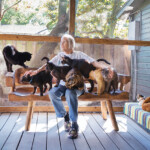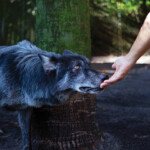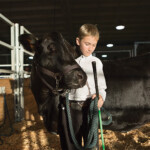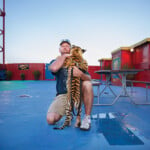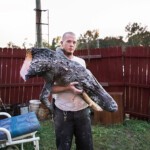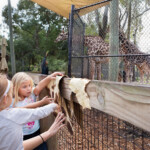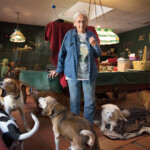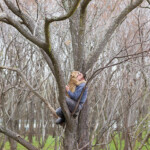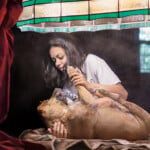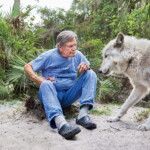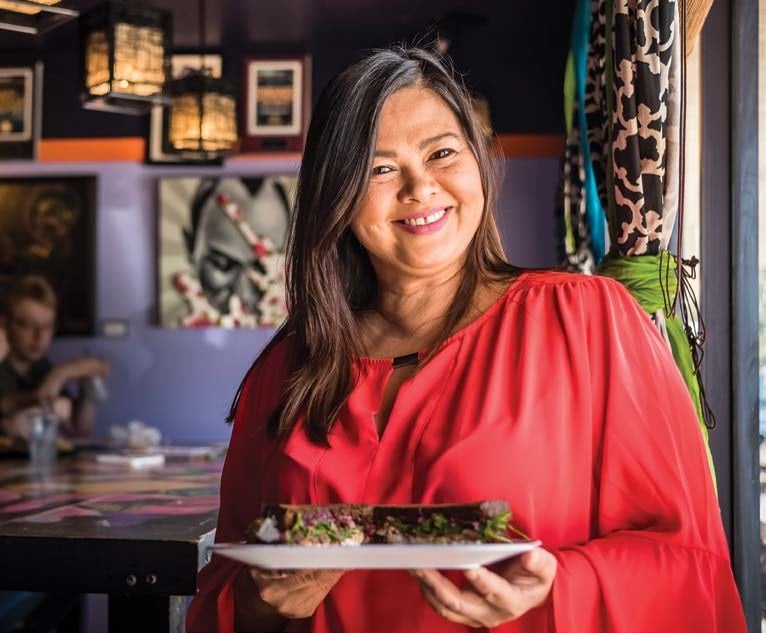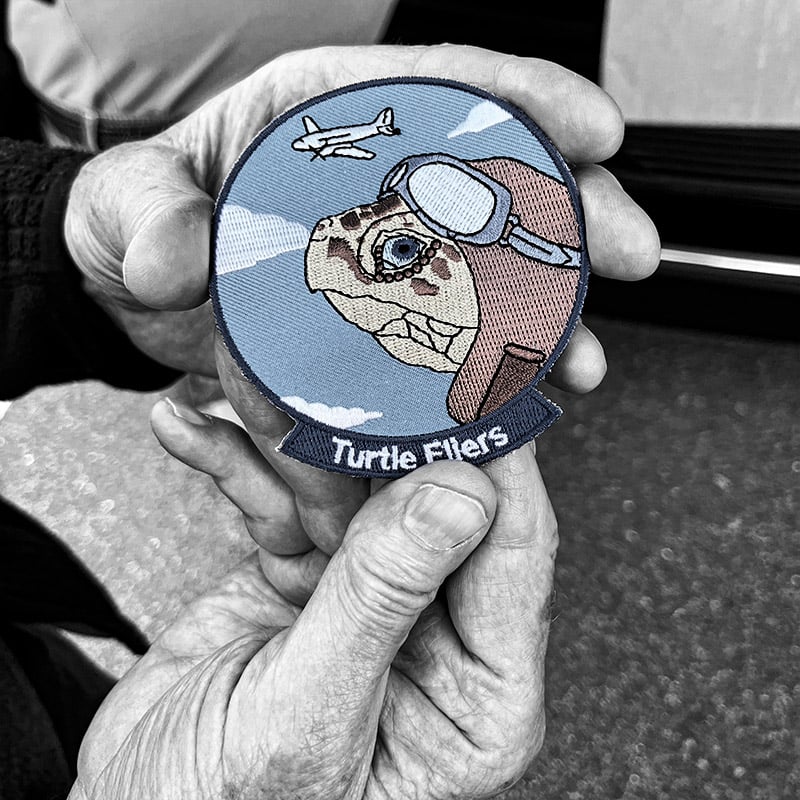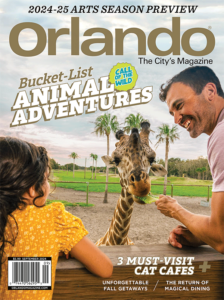Photo Essay Feature: Of One And The Other
A photo essay featuring the work of Jayanti Seiler
When Hurricane Ian plowed through Cuba and curled towards the Florida coast last September, Jayanti Seiler was as worried as the rest of us. Maybe more so. She worried about family, she worried about friends, and she worried in particular about the wolf that was afraid of the wind.
Seiler is a professor of photography at Daytona State College, School of Photography and Media Studies. She has devoted several years working on a project of her own to photograph people interacting with animals in various situations. She has photographed falconers tending to hooded birds of prey; greyhound owners and racing enthusiasts at the former Sanford Orlando Kennel Club; small-time “traveling safari” owners who advertise “encounters” with tiger cubs; and children at the Volusia County 4-H livestock auction spending their last few hours tending to farm animals they had raised from birth before sending them off to the slaughterhouse.
As for the wolf, she remembered him from the time she spent taking photographs of animals and volunteers at Shy Wolf Sanctuary Preserve, a rescue and educational haven in Naples. She found herself drawn to a particularly nervous, withdrawn animal, one who would panic whenever even the slightest wind would rise. (Fortunately, the wolves and their caretakers would make it through the storm.)
The photographs on these pages are from Seiler’s self-published book including some of the images resulting from those encounters. Its zen-like title, “Of One and the Other,” signifies the book’s ambitious stated goal to represent “an acknowledgment of the myriad contradictions and the unresolved and intricate borderlands shared by contemporary life and the undomesticated world of nature.”
Seiler attributes the roots of her empathy towards animals to her own childhood.
“I had hippie parents,” she says. “We were vegetarians. We always had rescue animals. You didn’t step on an ant. I grew up with that kind of compassion, seeing animals a little differently than most people do, having that sensitivity to nature and animals. I guess you could say I see them as people, too.”
For most of the images in “Of One and the Other,” Seiler did her best to take a low-key approach, allowing the situations and the images to speak for themselves while keeping a professional distance from her subjects: She still feels guilty about the moment she gave in to an impulse and hugged a tiger. But she has occasionally used a different, more subjective strategy, as she did in creating the book’s striking cover image.
It shows a taxidermist in the early stages of preparing the head of a deer for mounting. At her suggestion, he cradled it in both hands and tilted it towards himself. His head is bent as if in prayer, the deer’s nose pressed against his forehead. The alignment bespeaks affection bordering on reverence, a spell that is broken when a viewer’s eyes track down the deer’s neck to the ragged edges of a hide that has yet to be crisply trimmed and made ready for the plaque, and then the wall.
Seiler has also volunteered as a guardian ad litem to be the voice for children in the foster care system who need help threading their way through caregiving bureaucracies. She sees it as an experience that parallels her effort as a photographer to represent those who cannot speak for themselves.

